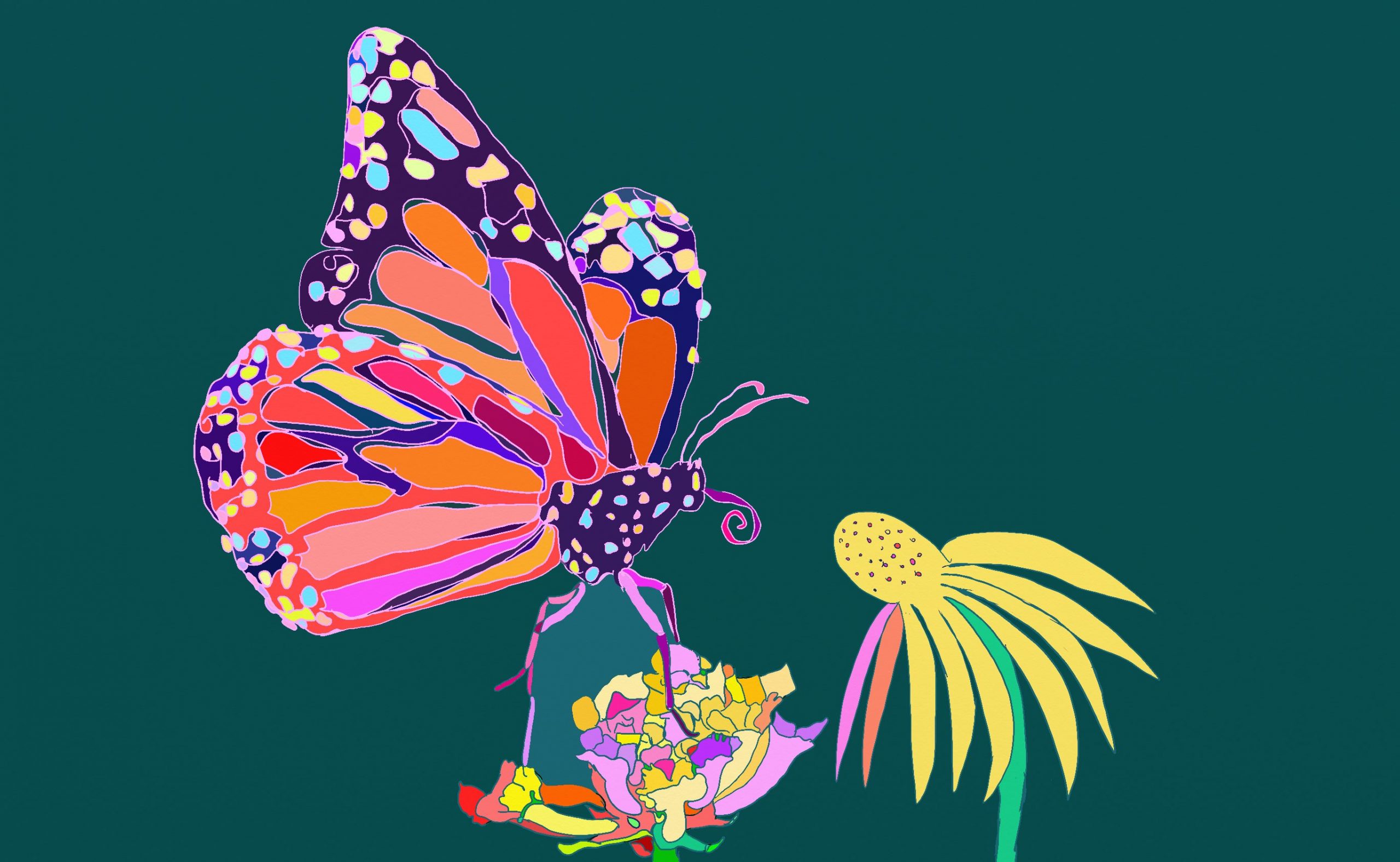
Further Readings
Dion, S. D., & Salamanca, A. (2018). Enunciation: Urban indigenous being, digital storytelling and indigenous film aesthetics. Canadian Journal of Native Studies, 38(1), 183–207.
Fineman, M. (2008). The vulnerable subject and the responsive state. Yale Journal of Law and Feminism 20(1): 1–22. https://scholarlycommons.law.emory.edu/elj/vol60/iss2/1/
Friedman, M., Rice, C., & Lind, E. R. M. (2020). A high-risk body for whom? On fat, risk, recognition and reclamation in restorying reproductive care through digital storytelling. Feminist Encounters: A Journal of Critical Studies in Culture and Politics, 4(2), 36. https://doi.org/10.20897/femenc/8524
Goldberg, N. (2016). Writing down the bones: Freeing the writer within (Thirtieth anniversary edition). Shambala.
Hartman, Y., & Darab, S. (2012). A call for slow scholarship: A case study on the intensification of academic life and its implications for pedagogy. The Review of Education/ Pedagogy/ Cultural Studies, 34(1-2), 49-60. https://doi.org/10.1080/10714413.2012.643740
King, T. (2005). The truth about stories : A native narrative. University of Minnesota Press.
Lerman, L. (2021). Liz Lerman’s critical response process: A method for getting useful feedback on anything you make. Liz Lerman Dance Exchange.
Mountz, A., Bonds, A., Mansfield, B., Loyd, J., Hyndman, J., Walton-Roberts, M., Basu, R., Whitson, R., Hawkins, R., Hamilton, T., & Curran, W. (2015). For slow scholarship: A feminist politics of resistance through collective action in the neoliberal jniversity. ACME: An International Journal for Critical Geographies, 14(4), 1235-1259. https://www.acme-journal.org/index.php/acme/article/view/1058
Rice, C., & Mündel, I. (2018). Story-making as methodology: Disrupting dominant stories through multimedia storytelling. Canadian Review of Sociology, 55(2): 211-231. https://doi.org/10.1111/cars.12190 Access Copy
Rice, C., & Mundel, I. (2019). Multimedia storytelling methodology: Notes on access and inclusion in neoliberal times. Canadian Journal of Disability Studies, 8(1): 118-148. https://doi.org/10.15353/cjds.v8i1.473
Rice, C., Bailey, K. A., & Cook, K. (2021). Mobilizing Interference as Methodology and Metaphor in Disability Arts Inquiry. Qualitative Inquiry. https://doi.org/10.1177/10778004211046249
Rice, C., Chandler, E., Harrison, E., Liddiard, K., & Ferrari, M. (2015). Project Re•Vision: Disability at the edges of representation. Disability & Society, 30(4), 513-527. https://doi.org/10.1080/09687599.2015.1037950
Rice, C., Dion, S. D., Fowlie, H., & Breen, A. (2020). Identifying and working through settler ignorance. Critical Studies in Education. https://doi.org/10.1080/17508487.2020.1830818 Access Copy
Rice, C., Dion, S.D., Fowlie, H., & Mündel, I. (2020). Re/turning the Gaze: Unsettling settler logics through multimedia storytelling. Feminist Media Studies. https://doi.org/10.1080/14680777.2019.1707256 Access Copy
Rich, A. 1972. “When we dead awaken: Writing as re-vision.” College English 34(1): 18–30. https://doi.org/10.2307/375215
Sawyer, & Osei-Kofi, N. (2020). “Listening” With Gothenburg’s Iron Well: Engaging the Imperial Archive Through Black Feminist Methodologies and Arts-Based Research. Feminist Review, 125(1), 54–61. https://doi.org/10.1177/0141778920913551
Wimpenny, Gouzouasis, P., & Benthall, K. (2018). Remembering, Reflecting, Returning: A Return to Professional Practice Journey Through Poetry, Music and Images. Media Practice and Education, 19(1), 98–115. https://doi.org/10.1080/14682753.2017.1362179
